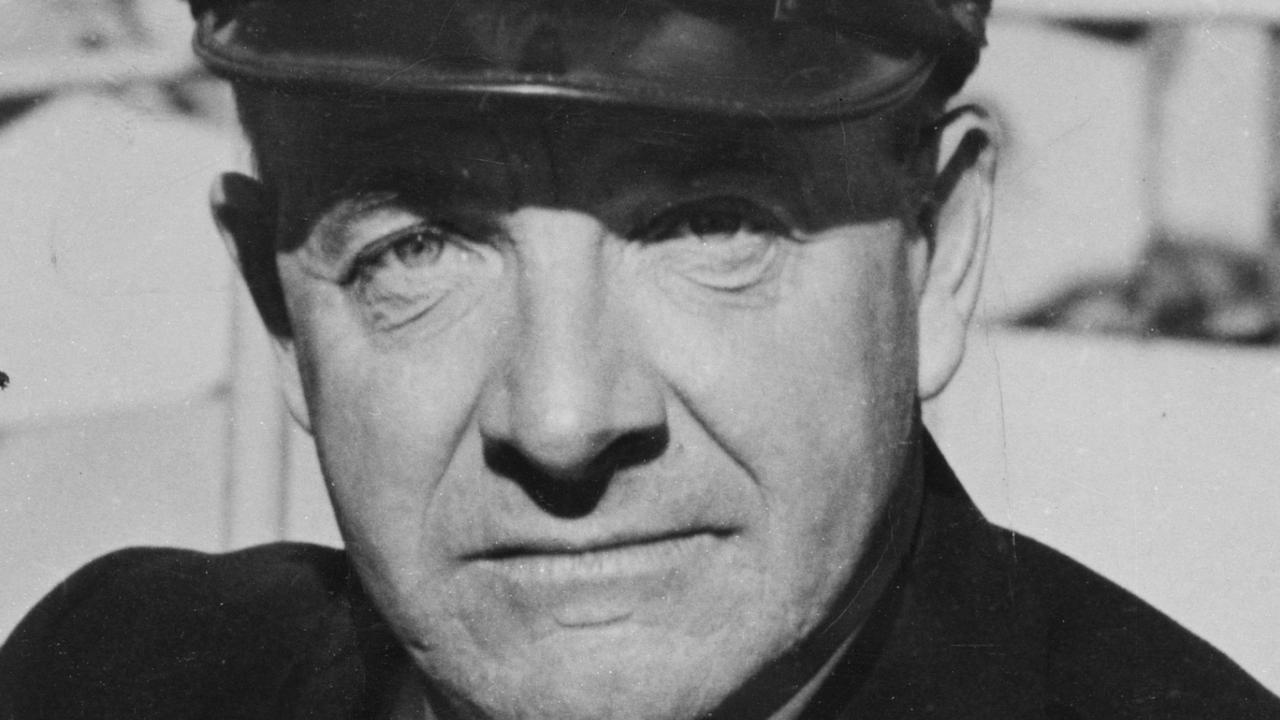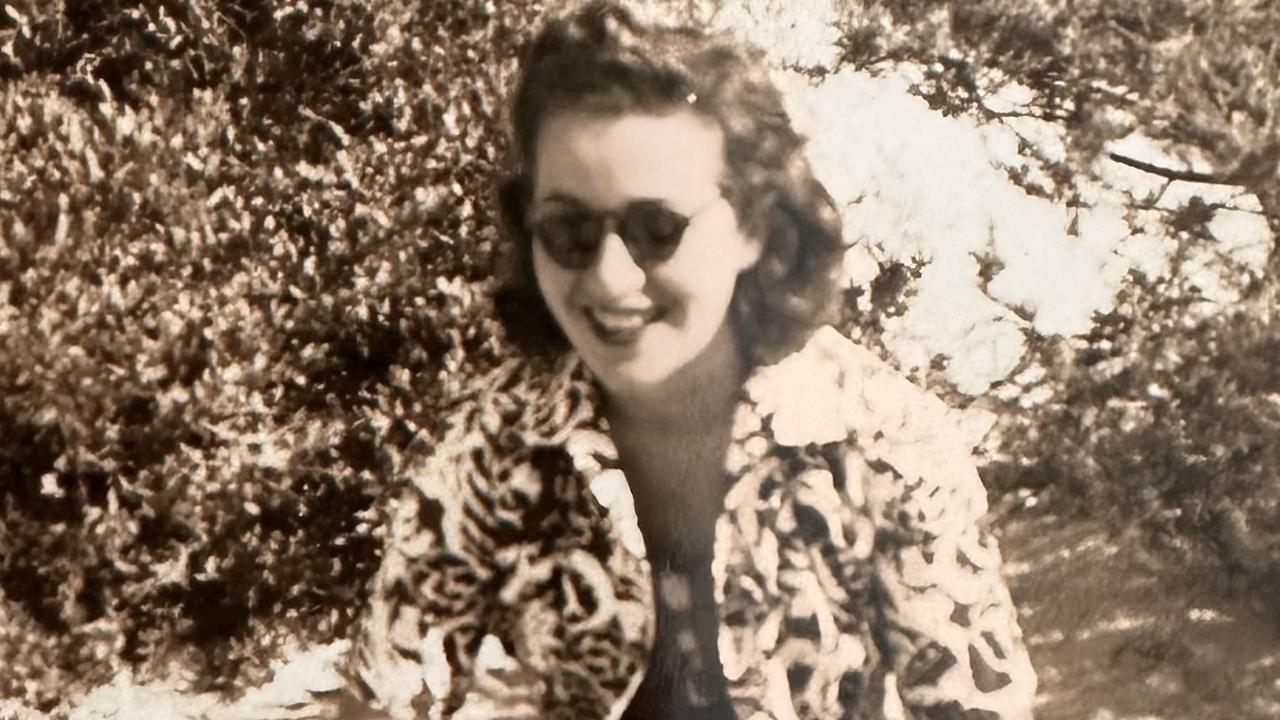Controversy still surrounds Louis Pasteur’s ‘fantastic’ process
THAT heated controversy still surrounds the preservation process named after him 146 years ago would come as a shock to chemist Louis Pasteur, who patented the concept to brew better beer.

Today in History
Don't miss out on the headlines from Today in History. Followed categories will be added to My News.
THAT heated controversy still surrounds the preservation process named after him 146 years ago would come as a shock to chemist Louis Pasteur, who patented the concept to brew better beer.
Pasteurisation is often dated to experiments demonstrated by Pasteur and his friend, physiologist Claude Bernard, 155 years ago, on April 20, 1862, at the Ecole nationale superieure des Beaux-Arts in Paris.
Pasteur opened previously heated dog’s blood and urine, held in sealed jars since March, at a meeting of the French Academy of Sciences to show that neither liquid showed significant decay or fermentation.
The work continued experiments Pasteur began in 1859, around the time his eldest daughter Jeanne, nine, died from typhoid. Pasteur aimed to disprove the contentious theory of spontaneous generation, which held that life could emerge without a causal or parent agent under the right conditions. Therefore, fleas could arise from inanimate matter such as dust, or maggots could arise from dead flesh. Pasteur’s 1859 experiment, when he put boiled meat broth in gooseneck flasks to show airborne microbes caused food contamination, was widely recognised as having settled the debate.
“When the liquid has been boiling for several minutes, I seal the neck. Since these flasks are completely devoid of air, according both to the doctrine of spontaneous generation, and the opposing doctrine, it is impossible for the liquid to undergo alteration,” Pasteur wrote. “If spontaneous generation is true, the liquid will undergo alteration. And it does, but only in certain cases; if I take, say 20 such vials, prepared in the same manner, open them, seal them, then allow them to incubate, a certain number of flasks remain unaltered.”

Pasteur’s theory was unpopular and controversial, with French newspaper La Presse warning in 1860, “I am afraid the experiments you quote, M. Pasteur, will turn against you. The world into which you wish to take us is really too fantastic.” In 1862 the French Academy of Sciences established a prize for “him who by well-conducted experiments throws new light on the question of the so-called spontaneous generation” and appointed a commission, headed by Bernard, to judge the winner.
When Pasteur won the Alhumbert Prize for proving spontaneous generation was invalid, he acknowledged Bernard helped with his experiments. But Bernard also thought the body was susceptible to infectious agents only if the internal balance was disturbed. He questioned why, with billions of microbes and bacteria in blood and human bodies, people sometimes sickened from them.
Born on December 27, 1822, in the Jura region in eastern France, Pasteur was an average student who preferred art to academic study. He earned a bachelor of arts degree in 1840 and a bachelor of science in 1842. Appointed as a research chemist, he completed a doctorate in 1847 at the Ecole Normale in Paris. He married Marie Laurent, who became his assistant, in 1849.

In 1854, he was science dean at the University of Lille, then the centre of the French alcohol industry, when a manufacturer of beer made from sugar beet sought help in 1856. He complained many vats of fermented beer were turning sour, so the beer went off and had to be thrown away. In microscopic analysis of samples from the vats, Pasteur found thousands of tiny microorganisms, which he was convinced were responsible for sending the beer sour. He suspected the microorganisms did not result from putrefaction, but instead caused it.
Between 1857, when he was appointed scientific studies director at the Ecole Normale, and 1859, the medical establishment ridiculed Pasteur for his theory that liquids were being contaminated with microbes floating in the air, although other researchers shared his supisicions.
Pasteur and Marie lost daughter Camille, aged two, to typhus in 1865. Cecile, 12, died from a tumour in 1866, while at 45 Pasteur was left partially paralysed after a stroke. A son and daughter survived to adulthood.
Pasteur later turned his attention to vaccines, announcing in April 1881 that his team had found a way to weaken anthrax germs to produce a vaccine. Again courting controversy, in July 1885 he was presented with Joseph Meister, aged nine, who had been bitten by a rabid dog. Persuaded by doctors at the Acadmie de Medecine to treat him with an experimental rabies vaccine, after 14 inoculations the boy recovered.
Pasteur’s heat treatment process, which he patented in France in 1871, was applied to milk on the suggestion of German chemist Franz von Soxhlet in 1886. Pasteur died in 1895, before pasteurisation was popularised in New York around 1900, to combat high infant mortality.
Originally published as Controversy still surrounds Louis Pasteur’s ‘fantastic’ process


